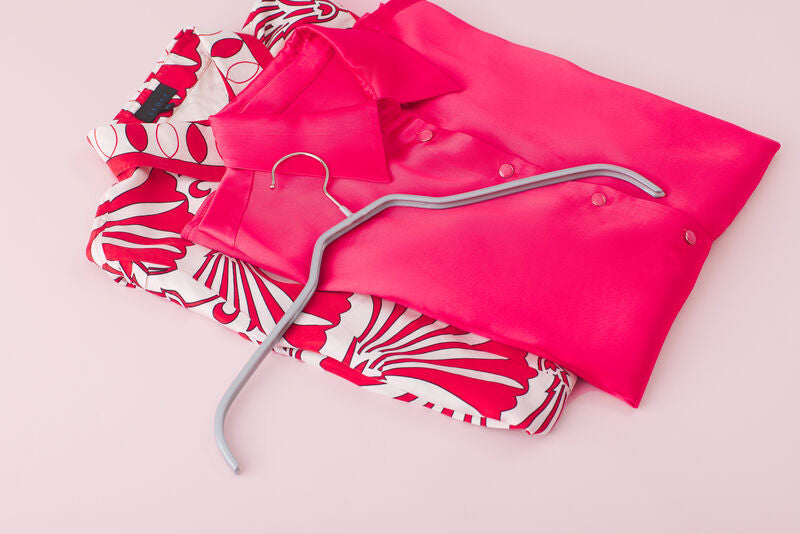

WHY INTERNATIONAL SUCCESS HAS TO DO WITH TAKING CULTURAL DIFFERENCES INTO ACCOUNT
Nowadays, there is a worldwide cross-border trade that covers all product groups. Whether machines, cars, technical devices, clothing or even everyday items such as clothes hangers: Of the products manufactured worldwide, a large proportion is destined for export. In 2021, Germany exported goods worth 1,375 billion euros, according to the Federal Statistical Office - never before has the value of exports been higher. "Whereas the designation of origin 'made in Germany' was originally regarded at the end of the 19th century as protection for supposedly cheap and inferior imported goods, today the designation stands for a seal of quality and has a high international reputation," says Michaela Schenk, owner and managing director of MAWA GmbH, and adds: "Our MAWA coat hangers, which we produce in Pfaffenhofen, Bavaria, and supply to more than 86 countries worldwide, also stand for high-quality goods. However, our global success is shaped above all by country-specific know-how. Because only by taking cultural differences into account can we produce the right hangers for every garment and for every region of the world."
DIFFERENT PREFERENCES FOR COLOURS
Each market has its own unique requirements. Not only the taste of the target group, but also cultural differences in clothing lead to different uses of hangers. Depending on the cut of the fashion pieces, different hanger shapes have to be used. "In close exchange with our customers and partners in the respective countries, we are always developing new concepts. We produce hangers for sweaters, tops, skirts and dresses, but also for saris, kilts or even firefighters' clothing and diving suits. At the same time, it is also important to take into account points such as the size of the closets or different preferences for colours," says Schenk. German customers, for example, tend to buy plain metal hangers in black and white or even natural wood hangers, while Americans prefer red metal hangers. "In the Japanese market, on the other hand, we have hit the bull's eye with glitter hangers. Japanese taste is characterized by the term 'Kawaii', which means cute, adorable or sweet. In reference to the first name of the Japanese empress, we named the collection of silver, blue and pink glitter hangers 'Miyabi'," Schenk continues.

RIGHT SIZE FOR ABAYA, KILT AND CO.
In addition to color preferences, there are differences in the size and width of the hangers to consider. A closet in Japan, for example, is usually only 1.20 meters wide, as many people here live in rather small apartments. Therefore, the Japanese need particularly narrow hangers. For the traditional Islamic garment abaya - a kind of overdress worn by women over their normal clothing - conventional Western hangers, on the other hand, are usually too small. "The Scottish kilt also requires a special and stable hanger. The knee-length wrap-around skirt made of wool should not be folded, otherwise folds would appear in the wrong places. Rather, a clothes rail with several clips is ideal so that the heavy front of the kilt does not sag and the garment does not warp," explains the clothes hanger expert.

ADVENTURE SHOPPING IN KOREA
Like the Japanese, Koreans also prefer narrow metal hangers. This is not only because people there largely wear smaller clothing sizes than in Europe, but also because of the Korean passion for shopping. "MAWA metal hangers are extremely thin and save space in the closet. This leaves more room for additional hangers on which to neatly hang the new acquisitions from the last shopping trip," says Schenk. In Korea, shopping becomes an experience. There is not only a huge variety of brands and numerous pop-up stores, but also countless tasting stands. These make weekly grocery shopping an adventure, for example. In addition, almost all department stores are very active online and there is a wide range of TV shopping - which is also very popular with the younger generation. "The examples mentioned show that it is important to perceive cultural differences and incorporate them into the development of new products. Only those who know the needs of the respective customers can also incorporate these into new concepts and subsequently market the goods successfully. Innovation management and trend analyses are therefore important components of our corporate processes," reports Schenk, adding: "In cooperation with our customers, we also develop completely individual hangers on request and as required. We can adapt all important starting points to the millimeter."

